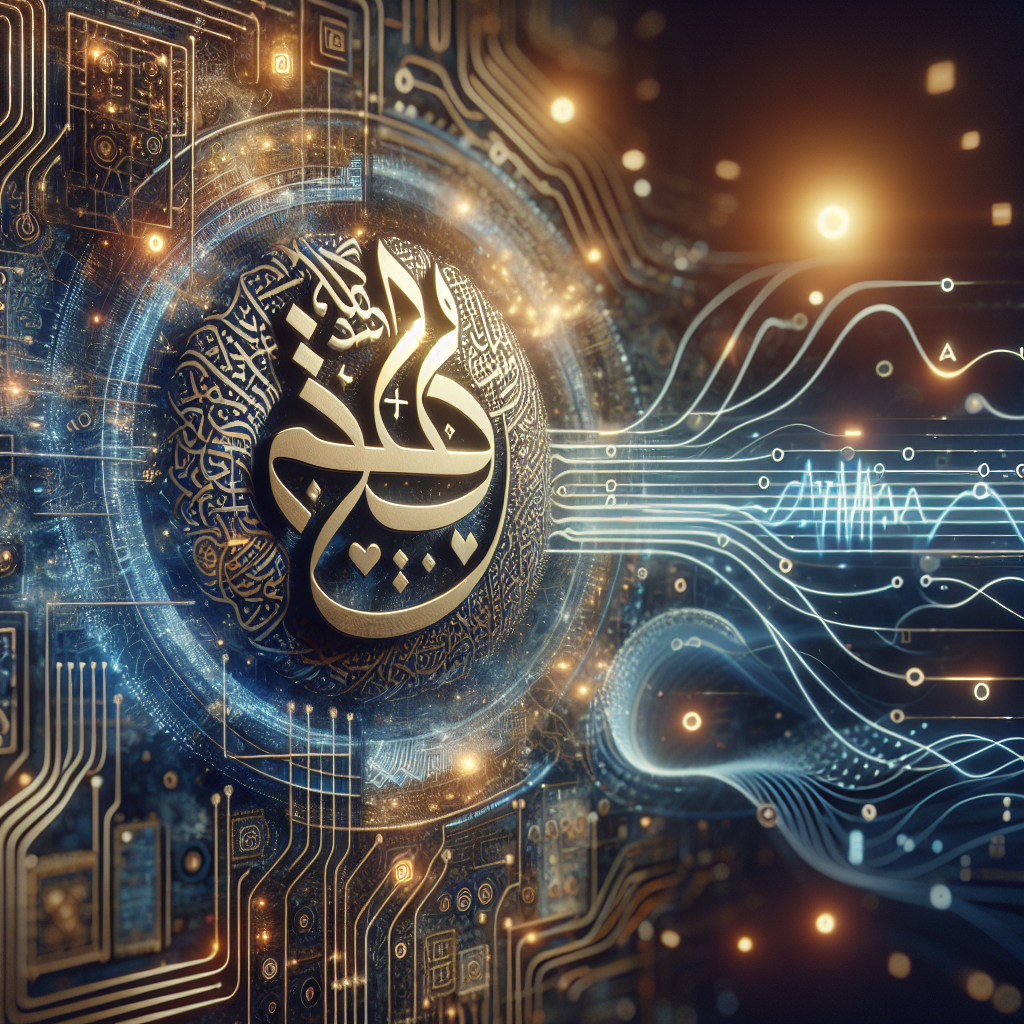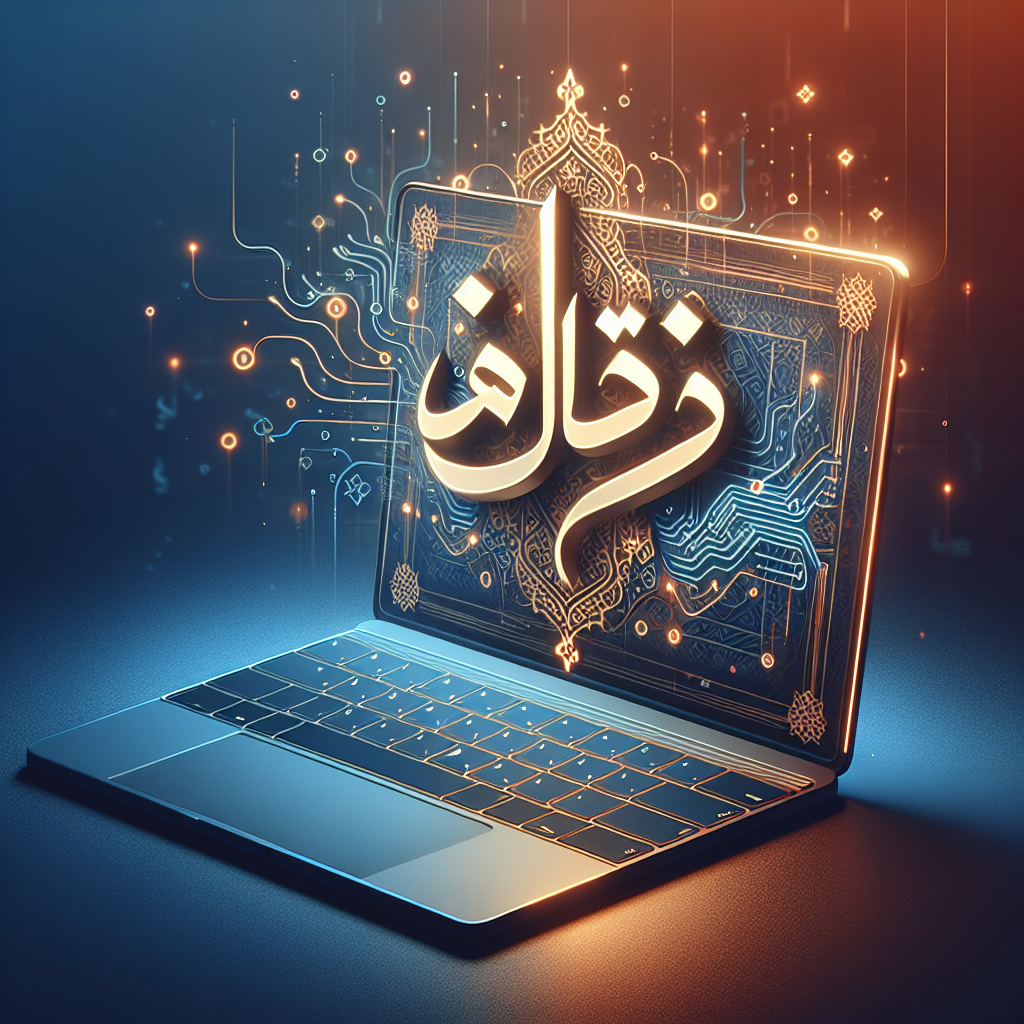The Arabic Alphabet and Its Role in the Arab World’s Technological Advancements
The Arabic alphabet is not just a series of beautiful calligraphic characters; it’s a cornerstone of cultural identity and technological progress in the Arab world. From facilitating modern-day communication to influencing the design of cutting-edge technology, the Arabic script plays a pivotal role. Join me as we explore how these ancient letters are driving innovation today! 🚀
Table of Contents
1. Introduction
2. A Brief History of the Arabic Alphabet
3. The Arabic Script in Modern Communication
4. Technological Innovations Driven by the Arabic Language
5. Challenges and Future Prospects
6. Conclusion
7. FAQs

Introduction
The Arabic alphabet has been an integral part of the cultural fabric of the Arab world for centuries. But did you know it’s also a key player in the region’s technological advancements? While it may seem like a stretch to connect ancient scripts with modern technology, the relationship is stronger than you might think. Let’s dive in! 🌟

A Brief History of the Arabic Alphabet
The Arabic script has its roots in the Nabataean alphabet, evolving over time to become the standardized script we know today. It consists of 28 letters and is written from right to left, offering a unique structure that has both challenged and inspired developers and designers in technology.
The Arabic Script in Modern Communication
In today’s digital age, the Arabic script is more relevant than ever. With over 420 million Arabic speakers globally, the internet has had to adapt to accommodate this vast audience. Social media platforms, search engines, and messaging apps have all integrated Arabic language support, allowing seamless communication and interaction. 🌐
Technological Innovations Driven by the Arabic Language
Arabic Natural Language Processing (NLP) is a burgeoning field, with tech giants and startups alike developing tools for Arabic language processing. From voice recognition systems to AI chatbots, the Arabic script is at the heart of these innovations. Additionally, unique Arabic typefaces and digital interfaces are being designed to enhance user experience, making technology more accessible to Arabic speakers.
Challenges and Future Prospects
Despite these advancements, challenges remain. The complexity of the Arabic script, with its various forms and diacritics, poses difficulties in OCR (Optical Character Recognition) and NLP. However, the future looks promising as ongoing research and development continue to break new ground, paving the way for more inclusive technology solutions. 🔍
Conclusion
The Arabic alphabet is much more than a series of letters; it’s a symbol of innovation and cultural pride. As technology continues to evolve, the Arabic script will undoubtedly play a crucial role in shaping the digital landscape of the Arab world. So next time you use an Arabic-enabled app or website, remember the rich history and promising future of these remarkable letters. 📜
FAQs
1. How does the Arabic alphabet impact technology development?
The Arabic alphabet influences technology by driving innovations in language processing, user interface design, and digital communication tools tailored for Arabic speakers.
2. What are some challenges faced by developers working with the Arabic script?
Challenges include handling the script’s complexity, such as its varying letter forms and diacritics, which can complicate tasks like OCR and NLP.
3. Are there any specific technologies that have been developed due to the Arabic language?
Yes, technologies like Arabic NLP tools, voice recognition systems, and customized digital interfaces have been developed to cater to Arabic speakers.
4. Is the Arabic script used in non-Arab countries for technological purposes?
Yes, the Arabic script is used globally, especially in regions with significant Arabic-speaking populations or where cultural and business ties necessitate its use in technology.






